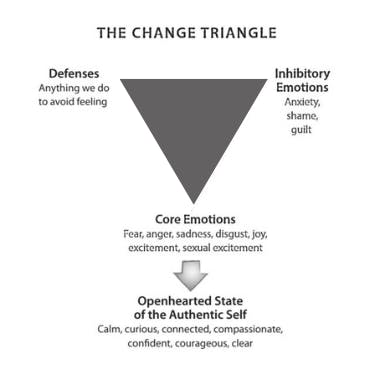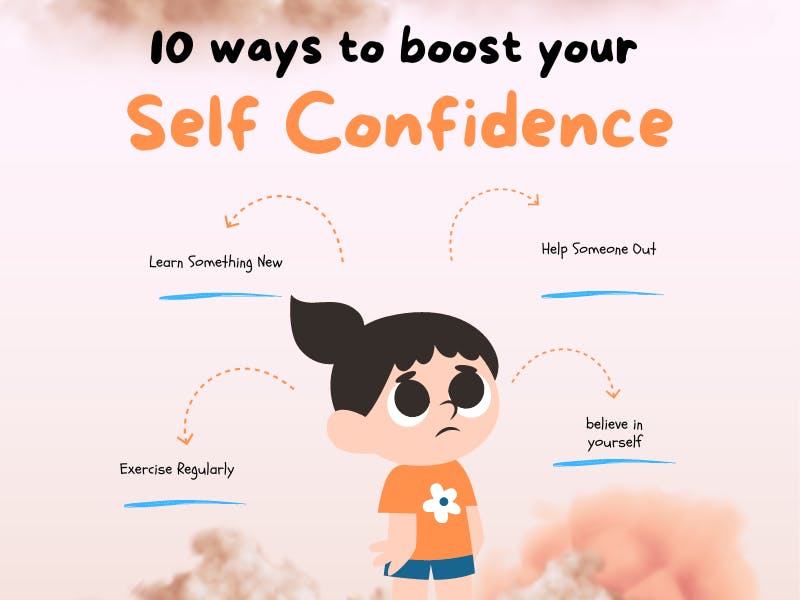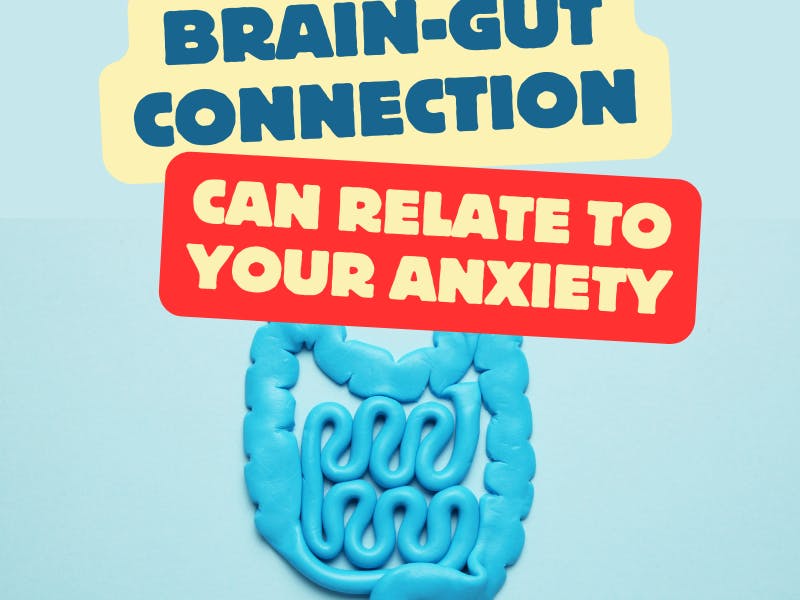
Acknowledge Your Emotions
Oct 3, 2023
Emotions are innate survival mechanisms deeply embedded in the brain and not subject to conscious control. They serve as immediate responses to the present environment, distinct from our intellectual faculties.
When confronted with physical threats, fear is triggered, prompting us to take instant action. Anger acts as a protective force, compelling us to fight in self-defense. Sadness, on the other hand, is the core emotion we experience when we suffer losses, whether it be the loss of one's hair, a cherished possession, or the loss of loved ones. Conversely, emotions like joy and excitement arise when we succeed and form enriching connections, propelling us to engage further and facilitating personal growth and evolution.

How to cope with different emotions?
In coping with the challenges we face, some of us choose to disconnect from our emotions. This disconnection has profound ramifications, leading to emotional numbness and a loss of our emotional compass. In this state, we become predominantly governed by our thoughts and intellect, with little connection to our emotional selves. Alternatively, some individuals find themselves unable to disconnect from their emotions and instead become easily overwhelmed by them.
From the book "It's Not Always Depression" by Hilary Jacobs Hendel. The Change Triangle serves as a map that can guide us out of our defenses and put us back in touch with our core emotions. By recognizing, feeling, and processing these core emotions, we can experience a sense of relief and move forward. The Change Triangle identifies three main areas as below.

the change triangles to improve your emotions
To embark on this journey, it is essential to slow down. Slowing down allows us to notice our emotions and bodily states, and it lays the foundation for working with them through the Change Triangle.
Deep belly breathing is a powerful tool for relaxation and self-regulation. By inhaling slowly and deeply through the nostrils, allowing the breath to expand the belly, and then exhaling fully through pursed lips, we can stimulate the vagus nerve, which sends calming signals to the heart and lungs.
This practice of deep belly breathing, when repeated over time, can help us retrain our breathing patterns from chest breathing to belly breathing. By slowing down and engaging in deep belly breathing, we create the space necessary to connect with our emotions and ultimately find relief and restoration.





